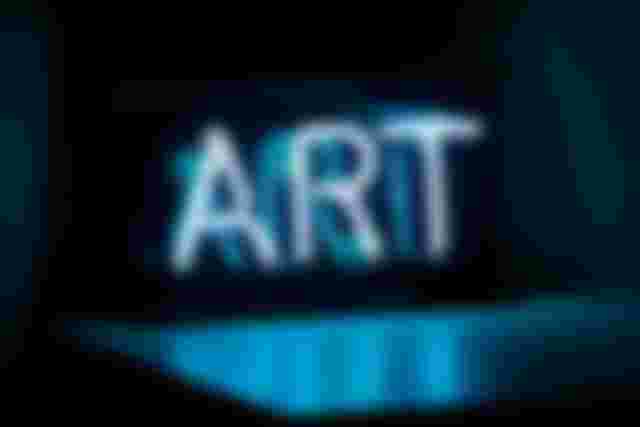From the exercise Art Appreciation.
What is craftsmanship?
Craftsmanship is something that is perpetually around us. A few people may deny having to do with human expressions yet it is undeniable that life gives us numerous types of and open doors for fellowship with expressions of the human experience. A bank supervisor picking what binds to wear along with his shirt and shoes, a lawmaker rearranging her music track while easily situated on her vehicle searching for her main tune, an understudy wondering about the complex plans of a middle-age church during his field trip, a market merchant applauding her wager in a move rivalry on an early afternoon TV program all show worry for values that are obviously, regardless of innovatively, creative.

Notwithstanding the flooding occurrences of expressions around individuals, one finds the need to see more and experience more, regardless of whether intentionally or unwittingly. One whose presentation to music is just restricted to one type thinks that it's lacking not to have been presented to additional. One, whose thought of a house of God is restricted to the locally accessible ones, finds gigantic euphoria in observing different models in Europe. Plato had the keenest foreknowledge when he talked about in the Symposium that magnificence, the object of any affection, genuinely advances. As one travels through life, one finds better, more wonderful objects of want. One can never be content with what is not long before him. People are drawn toward what is acceptable and at last, delightful.
This exercise is about this longing for the delightful, the valuation for the all-devouring excellence around us, and some primer explanations on presumptions that individuals ordinarily hold about workmanship.
"Art" originates from the antiquated Latin, ars which implies a "make or concentrated type of aptitude, similar to carpentry or smithying or medical procedure". Workmanship at that point proposed the ability to create an expected outcome from deliberately arranged advances or techniques. At the point when a man needs to construct a house, he designs fastidiously to get to what the model guarantees and he executes the means to deliver the said structure, at that point he is occupied with craftsmanship. The antiquated world didn't have any considered thought of craftsmanship similarly that we do now. To them, workmanship just implied utilizing the uncovered hands to create something that will be valuable to one's everyday life.

Ars in Medieval Latin came to mean something else. It was uniquely during the Renaissance Period that the word reacquired an implying that was natural in its old type of art. Early Renaissance specialists saw their exercises only as craftsmanship, without a ton inflection that is appended to the word now. It was during the seventeenth century when the issue and thought of feeling, the investigation of magnificence, started to unfurl unmistakably from the idea of specialized workmanship, which was the first origination of "craftsmanship". It was at long last in the eighteenth century when the word has developed to recognize the expressive arts and valuable expressions. The expressive arts would come to signify "not sensitive or profoundly talented expressions, but rather 'lovely' expressions". This is something more likened to what is currently viewed as workmanship.
"Any aspect of creation in the world has been express or build by humankind due to the natural talent by God ". Mankind's set of experiences has seen how man advanced truly as well as socially, from cavern painters to men of dazzling paintbrush clients of the present.

Regardless of whether one returns to the time before setting up accounts of man's human advancement has shown up, he can discover instances of man's endeavors of making instruments to live and make due as well as communicating his emotions and considerations. The Galloping Wild Boar found in the cavern of Altamira, Spain is one such model. In 1880, a Spaniard and his girl were investigating a cavern when they saw pictures of wild pig, rear, and buffalo. As per the specialists, these artistic creations were suspected to have a place in the Upper Paleolithic Age, a few huge numbers of years before the current period. Pre-noteworthy men, with their unrefined instruments, as of now exhibited and showed most punctual efforts to record man's deepest advantages, distractions, and contemplations. The humanities, at that point, unexpectedly, have begun even before the term has been instituted. Human people have for some time been practicing being a human well before he was even mindful of his being one. The humanities stand tall in demonstrating the veracity of this radiant marvel. Any human individual, at that point, is entrusted to take an interest, if not, thoroughly participate in this long convention of adapting himself.
Like, comment, and most importantly subscribe.
Thank you



I writing is magnificent and broadly explain, with a bit of illumination to keep your readers motivated, and which all I can say is you are talented. Stay blessed